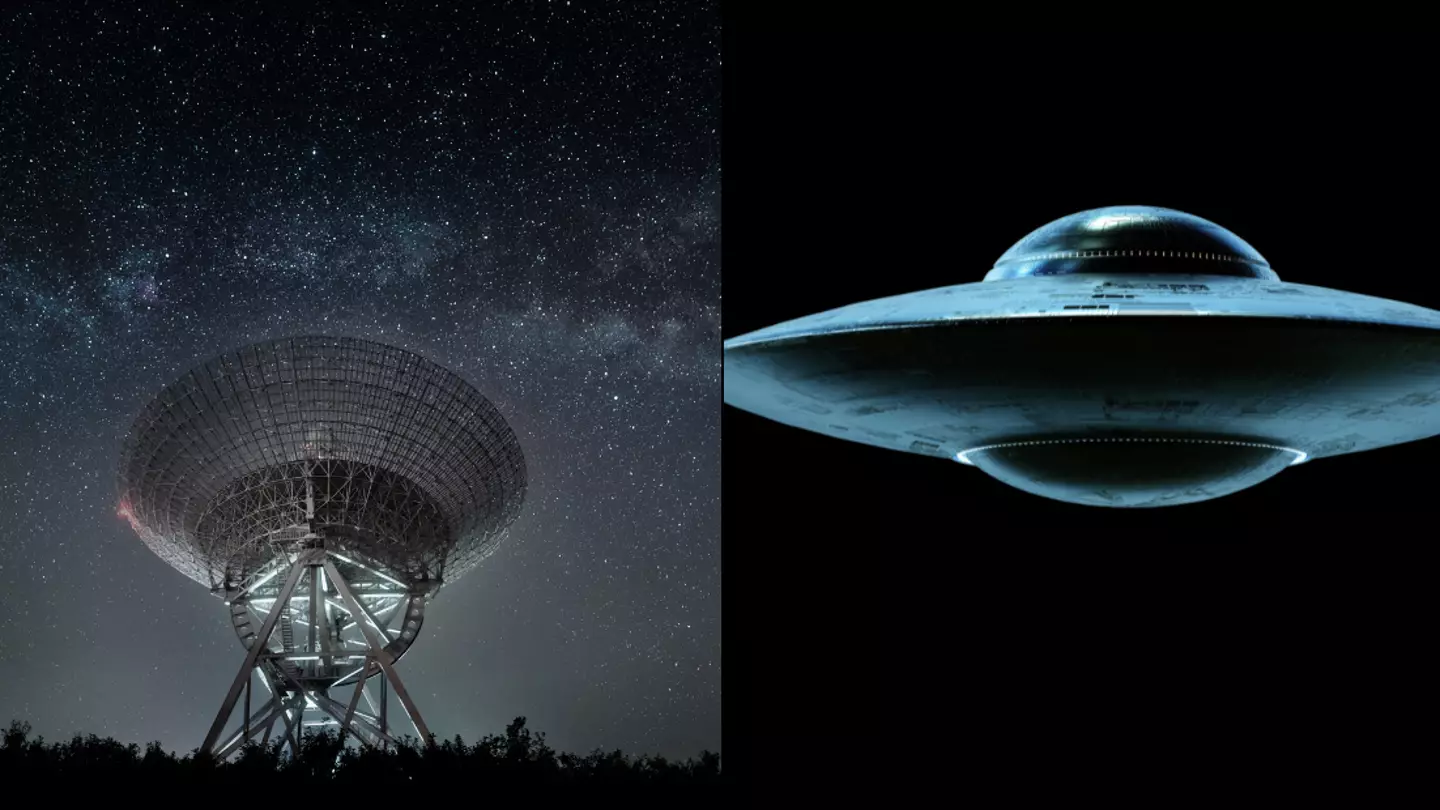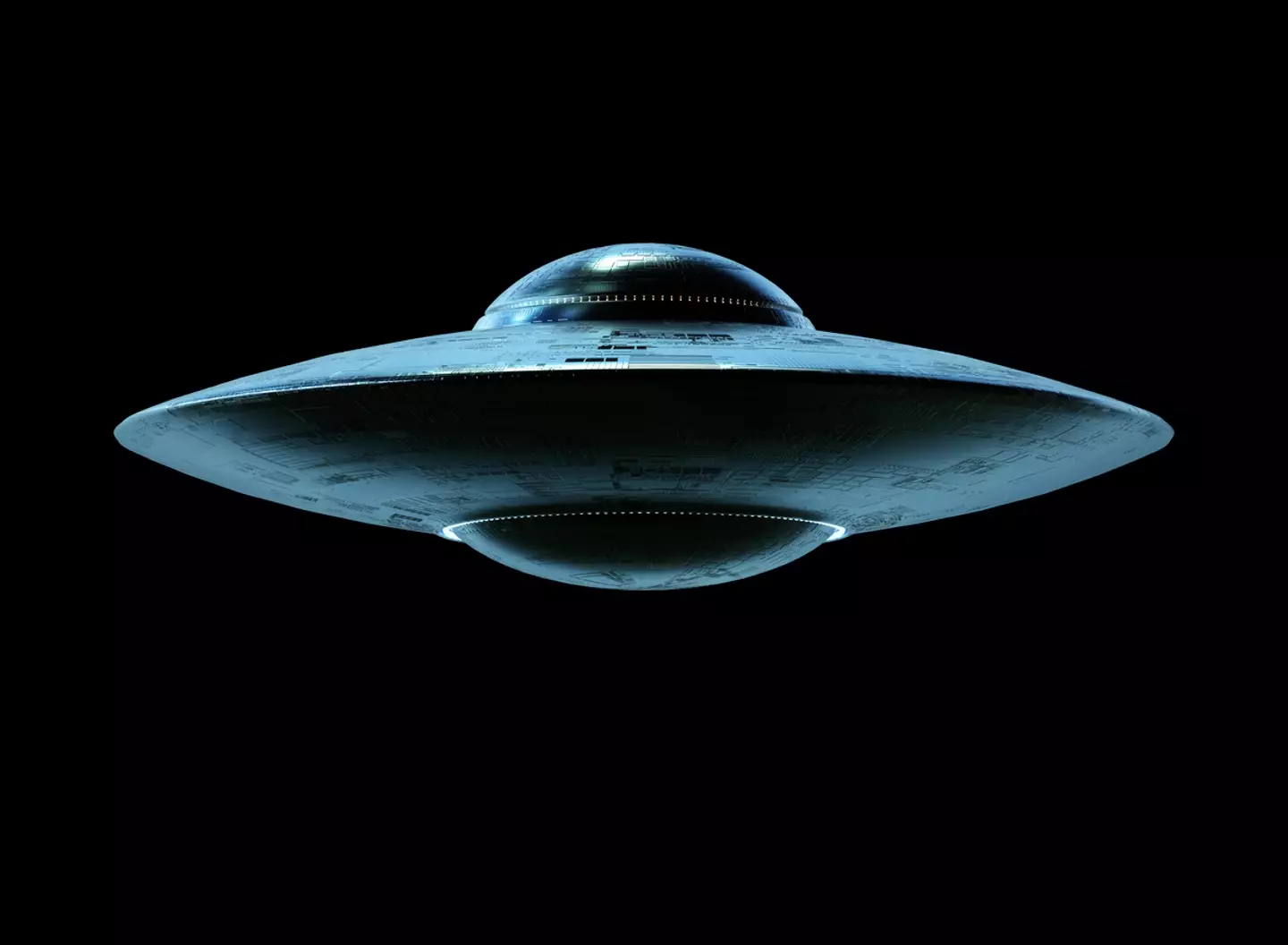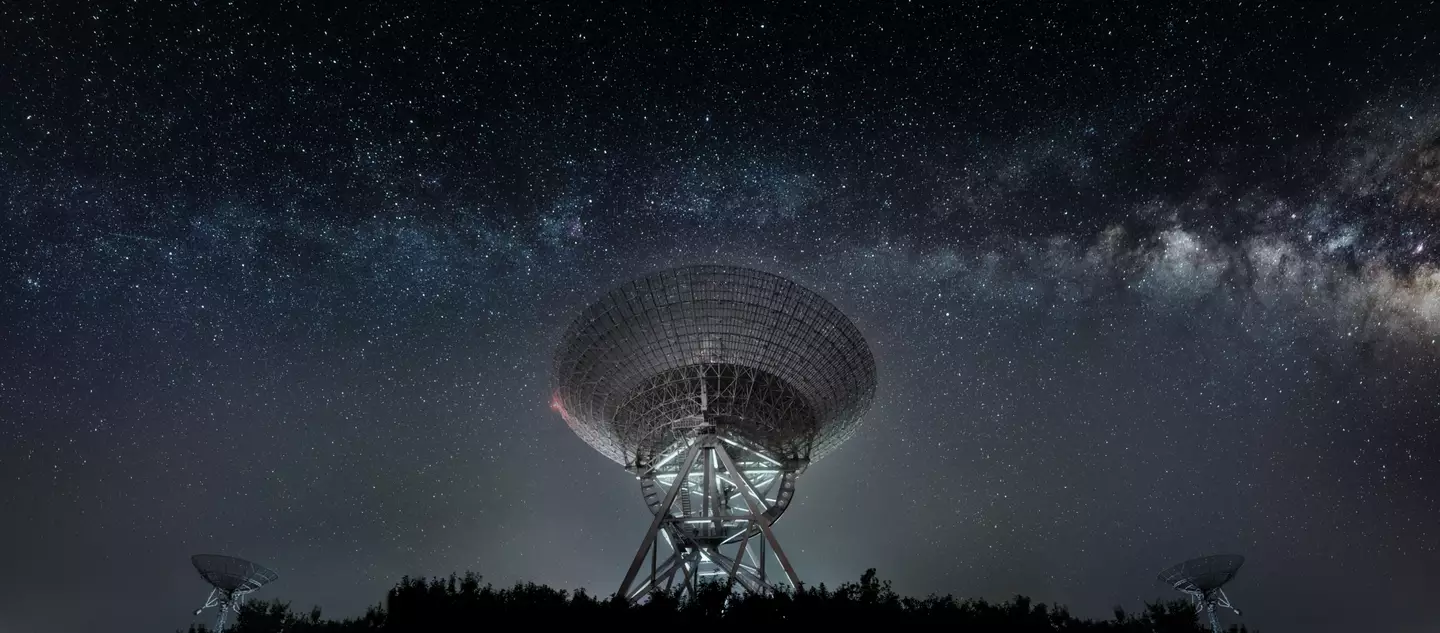
We'd all love to know whether alien life is a thing, but with the current research it is proving rather difficult.
However, with the advancement of technology, we are getting ever closer to learning more about what life may be lurking beyond planet Earth.
In September 2023, excitement grew surrounding a planet called K2-18b, a world around 125 light-years from Earth.
Advert
The observations came about thanks to NASA’s Hubble Space Telescope, which has prompted further studies about space as we know it.
"Our findings underscore the importance of considering diverse habitable environments in the search for life elsewhere," Nikku Madhusudhan, an astronomer at the University of Cambridge and lead author of the September 2023 study said.

"Traditionally, the search for life on exoplanets has focused primarily on smaller rocky planets, but the larger Hycean worlds are significantly more conducive to atmospheric observations."
Advert
Meanwhile, Savvas Constantinou of the University of Cambridge, and a team member on the study added: "These results are the product of just two observations of K2-18 b, with many more on the way.
"This means our work here is but an early demonstration of what Webb can observe in habitable-zone exoplanets."
Much excitement and even speculation has sprung to life within the space community since the study was released.
But scientists are urging folks not to get too excited, as the experts are warning the findings are 'not robust'.
Advert
They also think that further work would be needed to confirm what was happening on the planet.
Researchers are now warning that the signal is not as clear as it might have initially seemed with the study, subsequently depleting its validity.
The signal overlaps with methanes, with researchers believing that it's not possible at this stage to tell the two apart.

The latest findings were done by using computer models that simulated the physics and chemistry of both the molecule and the likely atmosphere that would be present at the new planet.
Advert
Those models concluded that there was no way the finding showed the presence of dimethyl sulphide.
However, the findings do not exactly rule out the signs of further life being out there.
They just rule it out for the time being, and with researchers constantly on the hunt for answers, who knowns what the future may hold.
In the months and years ahead, scientists will continue to examine the planet with other methods.
Advert
And the process should be made easier because of the use of an instrument that is better at detecting infrared wavelengths than the one used in the study last year.
Featured Image Credit: Getty Stock ImagesTopics: Space, Science, Technology